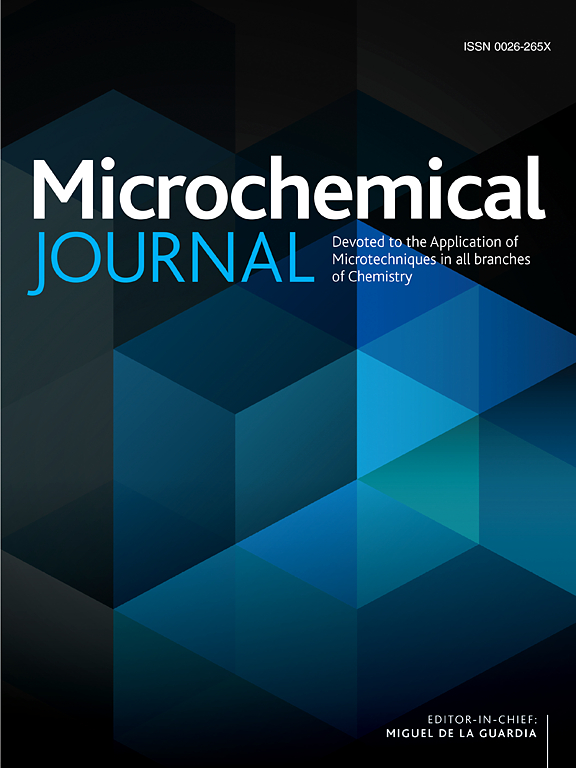Capillary blood-based testing in decentralized healthcare: Innovations, applications, and future perspectives
IF 4.9
2区 化学
Q1 CHEMISTRY, ANALYTICAL
引用次数: 0
Abstract
The COVID-19 pandemic has highlighted the limitations of centralized diagnostic systems and expedited the global shift toward decentralized healthcare models. This review explores capillary blood testing as a promising solution for more accessible, rapid, and user-friendly diagnostics. It focuses on two primary modalities employed in clinical settings: Point-of-Care Testing (POCT), which provides immediate on-site results, and Point-of-Care (POC) sampling with shipment to centralized laboratories for analysis, which expands diagnostic capabilities. Recent advances in capillary blood collection techniques and POCT devices are discussed, along with their expanding clinical applications. Despite their potential, these approaches face notable challenges, such as issues with sample matrix specificity, result standardization, and lack of robust quality control systems—factors that can undermine reliability and limit broader applicability. Overcoming these barriers through technological innovation and coordinated standardization efforts is essential. The review concludes that while capillary blood-based testing offers significant potential to expand healthcare accessibility, sustained multidisciplinary progress is required to fully realize its potential.

分散医疗保健中的毛细管血液检测:创新、应用和未来展望
COVID-19大流行凸显了集中式诊断系统的局限性,并加速了全球向分散式医疗模式的转变。这篇综述探讨了毛细管血液检测作为一种更容易获得、快速和用户友好的诊断方法。它侧重于临床环境中采用的两种主要模式:提供即时现场结果的护理点检测(POCT)和运送到集中实验室进行分析的护理点采样(POC),这扩大了诊断能力。本文讨论了毛细管采血技术和POCT装置的最新进展及其在临床中的广泛应用。尽管具有潜力,但这些方法面临着显著的挑战,例如样品基质特异性、结果标准化和缺乏强大的质量控制系统等问题,这些因素可能会破坏可靠性并限制更广泛的适用性。必须通过技术创新和协调的标准化努力来克服这些障碍。这篇综述的结论是,尽管毛细管血液检测为扩大医疗可及性提供了巨大的潜力,但要充分发挥其潜力,需要持续的多学科进展。
本文章由计算机程序翻译,如有差异,请以英文原文为准。
求助全文
约1分钟内获得全文
求助全文
来源期刊

Microchemical Journal
化学-分析化学
CiteScore
8.70
自引率
8.30%
发文量
1131
审稿时长
1.9 months
期刊介绍:
The Microchemical Journal is a peer reviewed journal devoted to all aspects and phases of analytical chemistry and chemical analysis. The Microchemical Journal publishes articles which are at the forefront of modern analytical chemistry and cover innovations in the techniques to the finest possible limits. This includes fundamental aspects, instrumentation, new developments, innovative and novel methods and applications including environmental and clinical field.
Traditional classical analytical methods such as spectrophotometry and titrimetry as well as established instrumentation methods such as flame and graphite furnace atomic absorption spectrometry, gas chromatography, and modified glassy or carbon electrode electrochemical methods will be considered, provided they show significant improvements and novelty compared to the established methods.
 求助内容:
求助内容: 应助结果提醒方式:
应助结果提醒方式:


